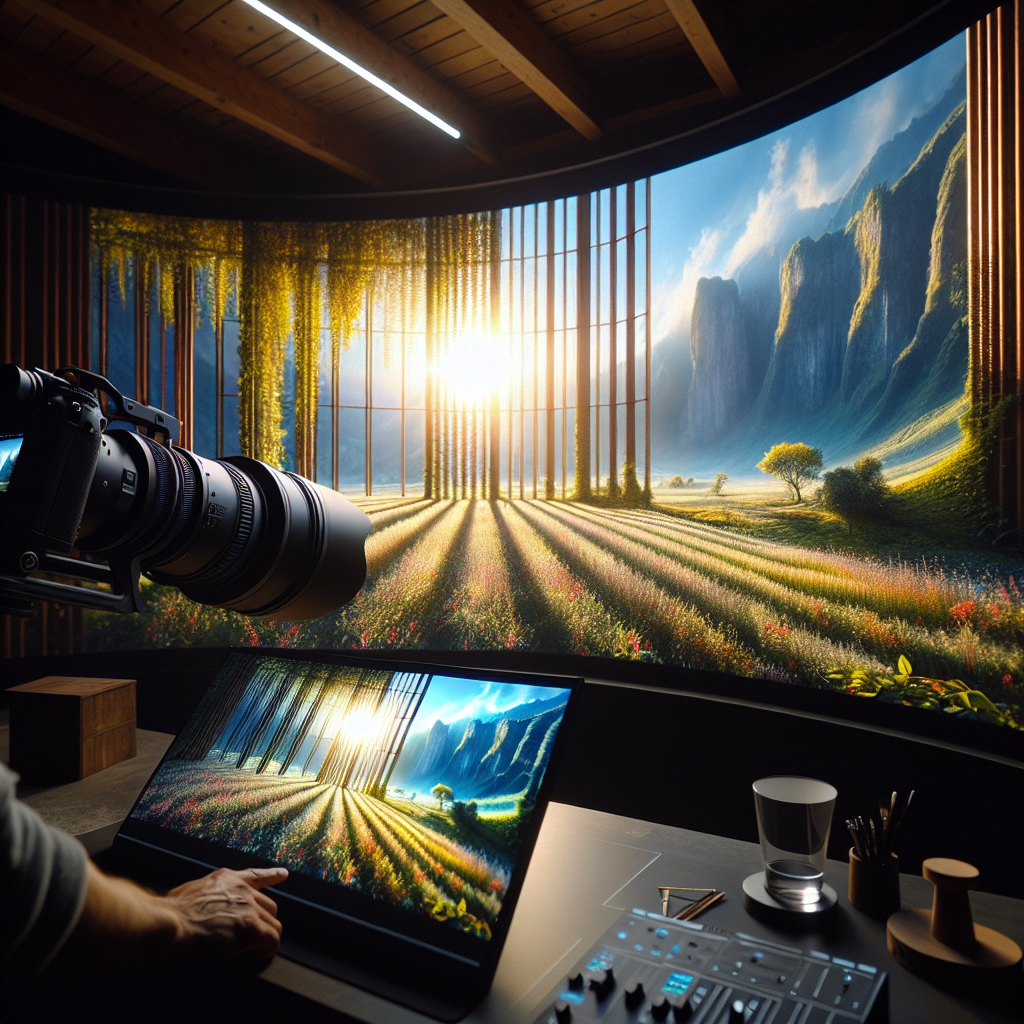Innovation in Window Frames: How Technology is Shaping the Future
Innovations in technology have had far-reaching impacts on almost every aspect of human life, from communication to health, travel to construction. One might not immediately think of window frames when considering technological advances, yet this niche sector has seen transformative changes. Emerging materials, smart technologies, and sustainable practices are poised to redefine how we think about and interact with window frames. This article delves into the cutting-edge developments in window frames and explores how they are shaping the future of architecture and construction.
Evolution of Window Frames: A Brief Overview
The history of window frames is as old as architecture itself. Originally, windows were merely openings in walls to allow light and air to enter. Over time, wooden frames became common due to their availability and ease of use. Eventually, metals like iron and steel were introduced, offering greater strength and durability. The post-World War II era saw the rise of aluminum and vinyl, which brought in new levels of energy efficiency and maintenance ease.
Contemporary Innovations in Window Frames
1. Materials
-
Composite Materials: One of the most significant innovations in window frames is the introduction of composite materials. These are typically made from a combination of wood fibers and thermoplastic resins, offering the best of both worlds – the aesthetic appeal of wood and the durability and low maintenance of vinyl or aluminum. They resist rot and decay, thus increasing longevity.
-
Fiber-Reinforced Polymer (FRP): FRP offers excellent strength-to-weight ratios, corrosion resistance, and minimal thermal expansion. These frames are particularly beneficial in extreme climates where temperature variations can cause other materials to warp or degrade.
- Upcycled and Recycled Materials: As sustainability becomes a global focus, the use of upcycled and recycled materials in window frames is gaining traction. These materials not only reduce waste but also often offer unique aesthetics and superior energy efficiency.
2. Energy Efficiency
-
Thermal Break Technology: Modern aluminum frames commonly incorporate thermal breaks, which are insulating barriers between the inside and outside of the frame. This technology drastically reduces heat transfer, making aluminum frames much more energy-efficient than earlier versions.
- Triple and Quadruple Glazing: While glazing is technically a component of the window unit rather than the frame itself, advancements in frame technology are necessary to support these heavier, more insulative glass units.
3. Smart Technology Integration
-
Smart Window Frames: With the rise of the Internet of Things (IoT), window frames are becoming smarter. Integrated sensors can monitor and control various functions, such as adjusting the tint of smart glass to control light and heat entry, opening and closing windows for natural ventilation, and even integrating with home security systems.
- Automated Shading Systems: Some window frames now come equipped with integrated shading systems that can be automated to adjust based on the time of day, amount of sunlight, or even user preferences.
4. Design Innovations
-
Minimalistic and Frameless Designs: Modern architecture often favors minimalism, and frameless window designs are gaining popularity. These designs maximize the glass area, offering unobstructed views and a sleek, modern look.
- Customization: With advancements in manufacturing technologies, window frames can now be custom-designed to fit any shape or size, allowing architects more creative freedom in their designs.
The Future of Window Frames
As we look to the future, several trends and technologies promise to further revolutionize window frames.
-
Nanotechnology: This could lead to self-cleaning frames and glass, which repel dirt and water, drastically reducing the need for maintenance.
-
Advanced Smart Features: Future window frames could integrate more sophisticated sensors and AI, potentially offering features like automatic climate control, real-time energy efficiency monitoring, and even disaster resilience (e.g., automatically closing in response to strong winds or earthquakes).
- Sustainability Improvements: Ongoing research and development aim to make window frames even more sustainable. Biodegradable materials and carbon-negative manufacturing processes could become standard.
FAQs
Q1. What are the benefits of composite window frames?
Composite window frames combine the aesthetic appeal of wood with the durability and low maintenance of synthetic materials. They are resistant to rot, decay, and insects and have high energy efficiency.
Q2. How do smart window frames work?
Smart window frames often integrate with home automation systems and can have sensors to monitor various environmental factors. They can adjust the tint of glass, control shading systems, and even open or close automatically to regulate indoor climate.
Q3. What is thermal break technology?
Thermal break technology involves placing an insulating barrier within the frame, usually made of aluminum, to prevent heat transfer between the indoors and outdoors. This significantly improves energy efficiency.
Q4. Are there sustainable options for window frames?
Yes, many window frames are now made from upcycled or recycled materials, significantly reducing waste. Innovations are also underway to create biodegradable and carbon-negative materials.
Q5. What are the challenges of integrating advanced technologies into window frames?
The primary challenges include increased costs, the need for specialized installation, and potential compatibility issues with existing home systems. However, as technology advances, these barriers are likely to diminish.
Q6. Can I retrofit my existing windows with these new technologies?
Some technologies, like smart sensors and automated shading systems, can be retrofitted into existing window frames. However, more integral features, like thermal breaks or composite materials, would require complete frame replacement.
Conclusion
The window frame sector is undergoing a remarkable transformation, driven by technological advancements in materials, energy efficiency, smart features, and sustainability. These innovations are not only enhancing the functionality and aesthetic of window frames but also contributing significantly to energy conservation and environmental protection. As we move forward, continued research and development are likely to bring even more groundbreaking changes, making our living spaces smarter, more comfortable, and more sustainable.

